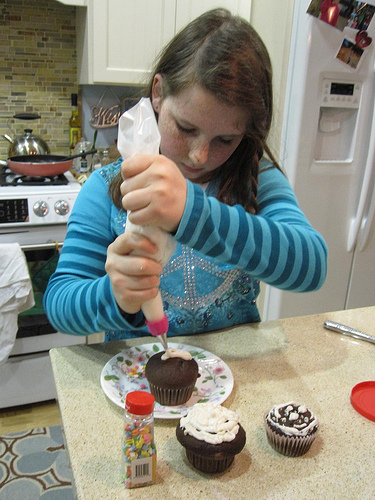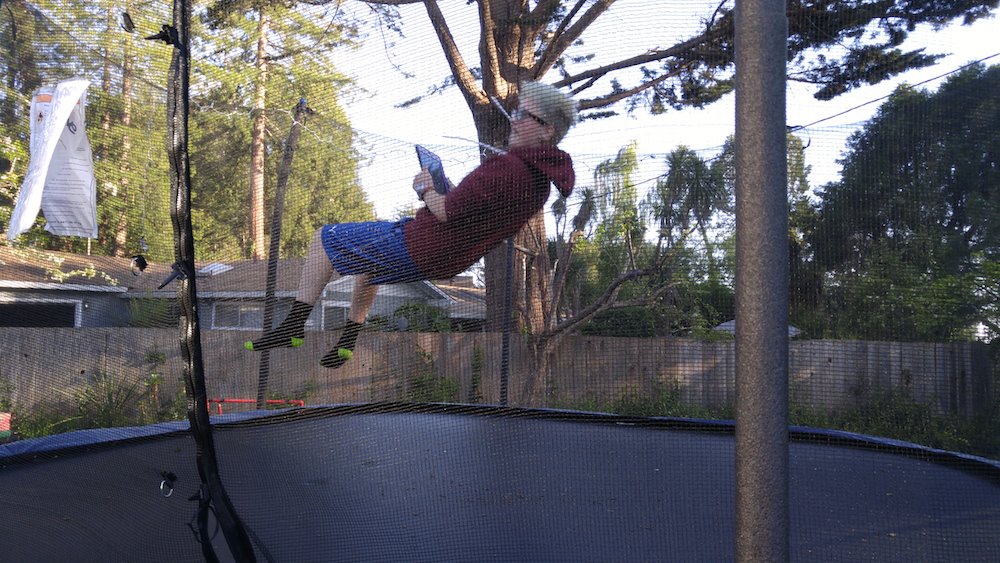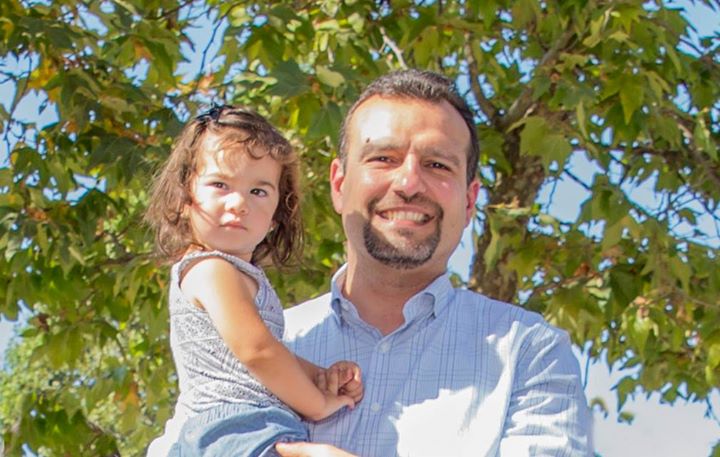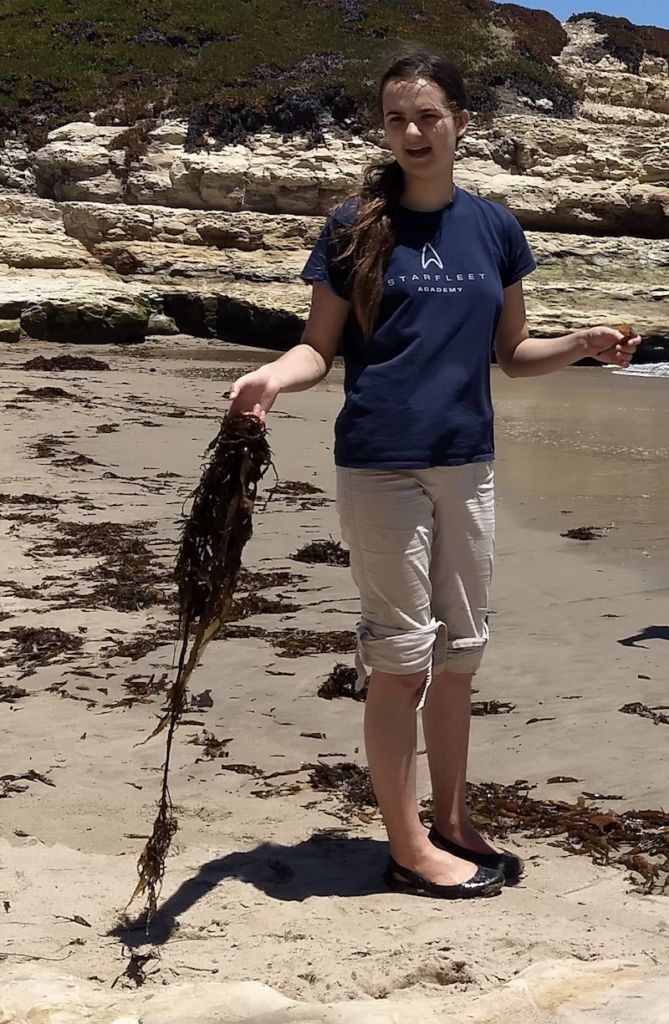12 years ago, I came home from my younger child’s kindergarten in distress. It was clear that his developmental issues were making it impossible for him to learn in a classroom setting.
I suddenly became the world’s most reluctant homeschooler.
That experience forced me to get creative—just like millions of parents around the US are suddenly being forced to get creative due to quarantines and school closures.
You may not be in a position to become a homeschooler full-time, but here are some tips for ways that you can keep your kids—and you—from going insane in the short term.
Cure your nature deficit

Have you heard of Nature Deficit Disorder? It’s a thing. It’s one of the underlying issues in modern kids’ behavioral problems. It’s easily curable:
Go outside. Outside is a great place to be during an epidemic, as long as your family has not been quarantined due to an active infection. And even if you don’t live near actual nature, a walk on city streets gets your kids out in the natural light.
Raining? Snowing? Humans are resilient. Our bodies do fine anywhere from the edge of the Arctic to the rainforest. Put on gear, go out, get muddy, get ridiculous.
Afraid of making too much laundry? What else do you have to do?
Gamify!

Kids’ brains are wired for learning and investigation. The reason they like those video games so much is that they are engineered to take advantage of kids’ natural inclinations.
You can do it, too. Make everything you do into a ridiculous game. Have to walk somewhere because you can’t take public transit? Invent a contest for the funniest walk. Stuck in a two-level condo with energetic kids? Invent a game that involves going up and down the stairs…a lot.
Treasure hunt
There is nothing kids like more than a treasure hunt. Not convinced? Try it. If you’re not stuck inside, do a treasure hunt in your neighborhood: make a list of things they need to find. If you don’t want them to touch anything, give them a device and have them take photos. Kids are like little seeking machines—once they get into it, they’ll wear you out before they’re done. (If you’re stuck inside, hide small items like marbles around the house and give the kids buckets!)
Counting
This was often a last-ditch resort of mine, trying to keep a high-energy kid focused so we could get things done or get somewhere we needed to go. Ask them to count. How many telephone poles are there on our street? How many squirrels can you see in the next ten minutes? (Set a timer—timers are great motivation for kids.) Let’s find all the prime numbers up to a hundred.
A change of paradigm
What I tell new homeschoolers is that their new educational path is not a change of schools, it’s a change of paradigm. Your entire life shifts when you are suddenly at home with people you used to send off to school.
We’re all stuck in this new paradigm, for a while at least. Rather than fighting it, I suggest you embrace it. As the mother of one kid in college and another about to leave, I will tell you that these years go fast.
You might even create some fun memories during this time of stress and uncertainty.












